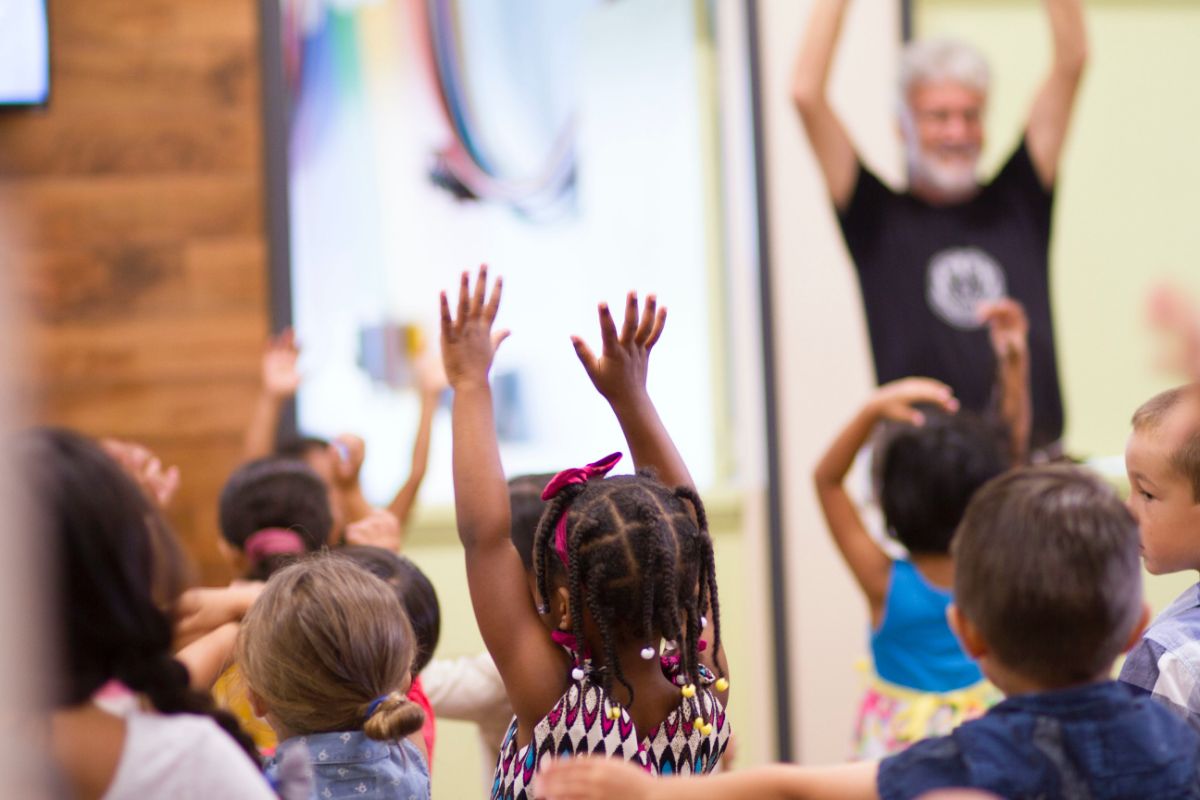“Physical literacy is the motivation, confidence, physical competence, knowledge, and understanding to value and take responsibility for engagement in physical activities for life.” It is the foundation for a lifetime of active, healthy living, and it is essential for children and youth to develop.
Physical literacy is important because it lays the foundation for a lifetime of active, healthy living. Research shows that physically literate children and youth are more likely to participate in regular physical activity, which can lead to a number of health benefits including weight control, stronger bones and muscles, and improved mental health. Additionally, physical literacy can also help children and youth develop important life skills such as teamwork, leadership, and problem-solving.
There are many benefits of physical literacy. Physically literate children and youth are more likely to participate in regular physical activity, which can lead to improved physical health and fitness. Physical literacy can also improve children and youth’s self-esteem and confidence, which can lead to better performance in school and other areas of life.
Developing physical literacy in children and youth requires a multi-faceted approach. Parents and caregivers can help by encouraging children and youth to participate in a wide range of physical activities, such as sports, dance, and play. Schools can also play an important role in developing physical literacy by providing opportunities for children and youth to participate in physical activities and by ensuring that physical education is an integral part of the curriculum.
In Ontario, the Physical Education Curriculum is designed to help students develop physical literacy. The curriculum is divided into three strands: movement skills, movement concepts, and personal and social responsibility. The curriculum is designed to help students develop the skills and knowledge needed to participate in a wide range of physical activities. It also includes a focus on health and fitness, safety, and teamwork.
Physical literacy is not just for children and youth, it is also important for adults. Physical literacy can help adults participate in physical activities, which can lead to improved physical health and fitness. Additionally, the same youth benefits such as teamwork, leadership, and problem-solving can be instilled and enhanced in adults. Physical literacy also improves adults’ self-esteem and confidence, which can lead to better performance in work and other areas of life.
In conclusion, physical literacy is the foundation for a lifetime of active, healthy living. It is essential for children and youth to develop and can lead to a number of benefits including weight control, stronger bones and muscles, and improved mental health. Developing physical literacy requires a multi-faceted approach, including encouragement from parents and caregivers, opportunities for participation in physical activities in schools, and a focus on the development of physical literacy in the Ontario Curriculum. Physical literacy is also important for adults and can lead to improved physical health and fitness, as well as important life skills development. For more information on physical literacy and resources on how to develop it, visit PHECanada, Sport4life, Activeforlife and Participaction.


